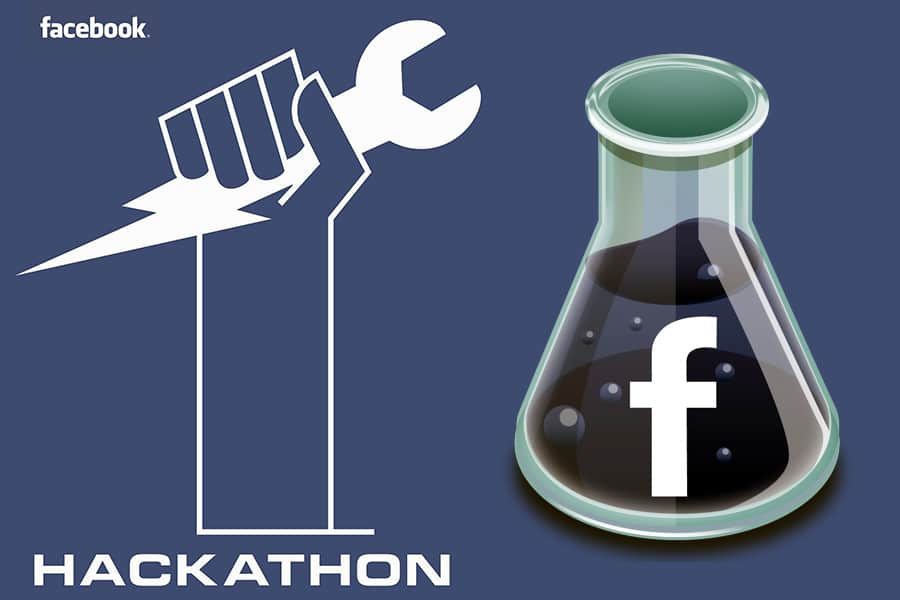How a Hackathon Could Improve Your Product Launch?

Hackathons are nothing short of a ritual at many tech companies. Traditionally a way for developers to test and poke holes in new programs and software applications before releasing to the masses, hackathons have now become a fun and exciting way for developers, designers and entrepreneurs to collaborate, educate and more importantly, develop creative new solutions.
When people think of hackathons, what comes to mind is a group of developers coding through the night with pizza and Red Bull in hand. At SecureNet, hackathons are part of our culture; we have built them into our product ideation process and found there’s value in expanding a hackathon beyond the dev team – approaching it from a business and culture standpoint as much as a development one.
Our latest hackathon, focused around the launch of our enhanced APIs, proved extremely useful for educating the entire team prior to a new product launch. We involved cross-functional groups, so marketing (whose job it is to promote the product), customer service (whose job it is to answer questions about the product), operations (whose job it is to oversee the concept and launch) and development (whose job it was to build the product) all earned a unique understanding from different perspectives about the product and what it does. Here’s what we learned as well some tips to help you leverage a hackathon to increase the value of your next product launch.
Hack, Launch and Hack Again
Hackathons create an environment that generates internal passion and energy for a product or solution, and like a great Olympic rowing team, it gets everyone pulling in rhythm and in the same direction.
Prior to the release of our single-stack of payments APIs, SecureNet hosted an internal hackathon in which teams were tasked with building a new payment solution. The only rule was that the product needed to incorporate our APIs. Our developers specifically engineered the APIs to enable payments via any channel – mobile, in-store and online – and in both card-present and card-not-present situations, so we largely gave the teams carte blanche to put the solution to use in any scenario they could imagine.
The winning team developed an enhanced mobile wallet that serves as an alternative to NFC transactions, enabling customers to pay for merchandise by simply touching devices. The teams came up with clever ways to incorporate several of our existing solutions, and the result was a deeper understanding of not only the implementation of our new APIs, but also of existing products and perhaps more importantly, how they fit together.
Another team succeeded in delivering the most useful feedback for the SecureNet APIs. By gathering feedback, the team simplified the process developers rely on to access and navigate the API documentation. Perhaps more important than the energy it generated around the product launch, the hackathon unleashed a wave of innovation around practical applications and backend support for the new product. And although the hackathon was designed to be a contest, every team made important contributions to the product launch.
3 Tips for Hosting a Pre-Launch Hackathon
Simply scheduling a hackathon won’t do much. To generate meaningful value for the company, the event needs to be carefully coordinated with both your team and a specific purpose. Here are three things we learned from the SecureNet hackathon:
- Be strategic. Like any serious product initiative, a hackathon needs to be strategic. During the planning stages, determine the problem you want the hackathon to solve, focusing on a result that improves the value of your product for customers and other product stakeholders. For example, SecureNet targeted practical applications of the company’s new language-agnostic APIs for merchants and developers so our internal team would better understand the implementation process.
- Inspire learning and collaboration. Team-based hackathons work well because they encourage learning and collaboration among individuals with different perspectives and skill sets. By providing opportunities for people with diverse roles and backgrounds to interact, you can increase the amount of innovation and creativity that arises from the event.
- Make it fun. A successful hackathon should be an event that participants look forward to. With proper planning, themes, prizes, food, drinks and other accompaniments can transform a product launch hackathon into an enjoyable, team-building occasion. However, the best way to make your hackathon fun for employees is to clearly show them what they accomplished and demonstrate how it impacts the rollout of your new product.
Finally, a pre-launch hackathon can have the added benefit of generating buzz for the release of your product. By promoting the hackathon on social media and other channels, you can create anticipation for the product when it eventually hits the market.
When executed correctly, an internal hackathon can provide lasting value to the company. I would encourage tech leaders to experiment with hackathons to improve products and of course, to better utilize the talents of your team.
By Brent Warrington is CEO of SecureNet Payment Systems, an Austin-based firm that has been streamlining the way businesses accept payments since 1997. Brent has more than two decades of experience in the payments industry.
Add CEOWORLD magazine to your Google News feed.
Follow CEOWORLD magazine headlines on: Google News, LinkedIn, Twitter, and Facebook.
This report/news/ranking/statistics has been prepared only for general guidance on matters of interest and does not constitute professional advice. You should not act upon the information contained in this publication without obtaining specific professional advice. No representation or warranty (express or implied) is given as to the accuracy or completeness of the information contained in this publication, and, to the extent permitted by law, CEOWORLD magazine does not accept or assume any liability, responsibility or duty of care for any consequences of you or anyone else acting, or refraining to act, in reliance on the information contained in this publication or for any decision based on it.
Copyright 2024 The CEOWORLD magazine. All rights reserved. This material (and any extract from it) must not be copied, redistributed or placed on any website, without CEOWORLD magazine' prior written consent. For media queries, please contact: info@ceoworld.biz
SUBSCRIBE NEWSLETTER








